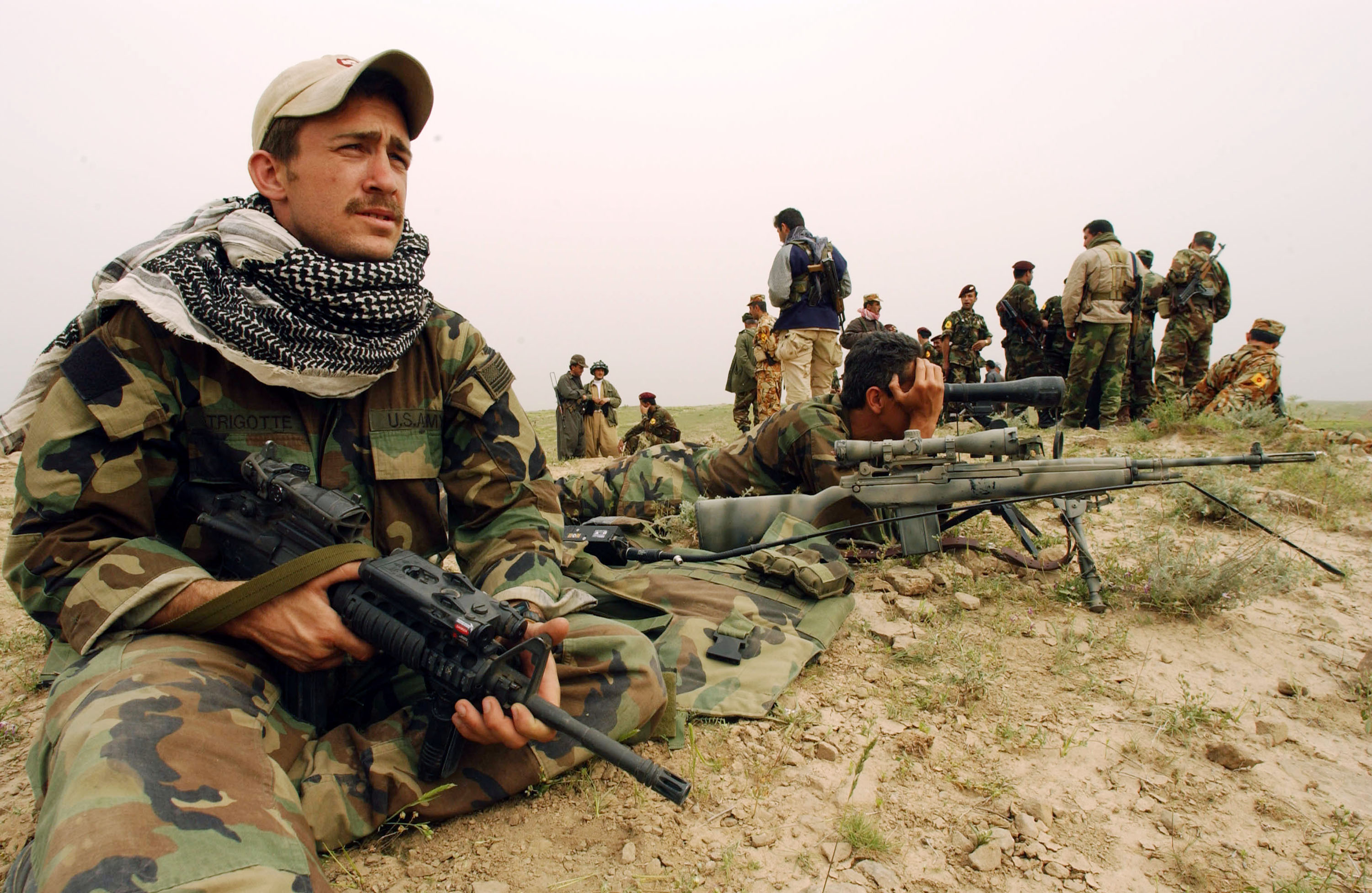
See Toolkits that include scanning, fact finding, and surfacing implicit knowledge. Perceiving can also take place at the end of a foresight process in the form of setting up a way to monitor and identify early signals of change which could require a rapid response:

Some sub-fields of TA also deal with the design, development, and implementation processes of technology.
Roadmapping and technology assessment: a scientific process that aims to contribute to the formation of public and political opinion on societal aspects and potential impact of science and technology. Cross-impacting: considering what might be the combined effect of two signals co-occurring. Futures wheel or cascading: thinking of a small number of consequences for a given signal of change, then second-order consequences (the consequences of the consequences), then third-order consequences, and so on. There are also many ways in which signals of emerging future change can be further developed, for example through exploration and speculation. Literature review, including reviews of futures literature, such as Metafore. Expert surveys, such as the Delphi method. It involves seeking and researching signals of change in the present and their potential future impacts. Horizon scanning is the foundation of any strategic foresight process. This involves building contextual awareness and generally takes the form of horizon scanning. The list below provides an overview of the main types of analysis used. These three parts are not sequential steps but rather aspects of a constant iterative process where each can inform the others. Strategic foresight has methods and tools for each part of the process of perceiving, making sense of, and acting on emerging futures. Organisations which deny future possibilities that they find inconvenient, uncomfortable, or unpalatable risk finding themselves totally unprepared if such possibilities become realities. To overcome these barriers, it is essential to implement strategic foresight within a context of anticipatory innovation governance, building an authorising environment and the agency needed to legitimise and sustain the effort, and give effect to the knowledge generated. Barriers relating to individual agency (including cognitive biases), such as aversion to uncertainty, groupthink, status quo bias and loss aversion, and conflict of incentives for taking action amidst uncertainty. Barriers relating to authorising environment (such as thematic silos, lack of support from senior decision makers, conflicts of interest and public values. Some of the most common barriers to the effective use of foresight in the public sector include: As a result, high-quality policy-driven foresight is underused. Governments face barriers to the effective development and use of strategic foresight in the context of a still-dominant culture of forecast-based policy planning. Strategic foresight tools complement those of prediction and forecasting by allowing us to appreciate emerging, complex, and uncertain developments which could be surprising and significant in the future. Forecasts and predictions are not well suited to situations of volatility, uncertainty, complexity, and ambiguity because they project the future in a linear way that is not reflected in reality. But they can also contain biases and blind spots. Often these notions are based on expectations, forecasts, predictions, and assumptions about what the world will look like and how it will work.Įxpectations, forecasts, predictions, and assumptions allow us to make decisions. In the public sector, every policy designed and delivered carries implicit or explicit notions of the context in which it will be implemented, the intended consequences, and its potential effectiveness. Considerations for use in the public sector Likewise, futures and foresight are always used for someone (a user or users) to serve some purpose (a use or uses). It is not possible to passively “study the future” and hope to learn anything worthwhile. It is a form of collective intelligence which can only be generated and accessed through dialogue. Strategic foresight thereby helps us to envisage new solutions, to stress-test our plans to make them more robust, to develop early-warning systems for threats and opportunities, and to share and clarify our visions of success. The practice of strategic foresight seeks to challenge and enrich our mental models and stories about the future in order to give us greater knowledge on which to act in the present. Strategic foresight is the ability of an organisation to constantly perceive, make sense of, and act upon ideas about future change emerging in the present. 
The future is shaped in the present through dialogue






 0 kommentar(er)
0 kommentar(er)
